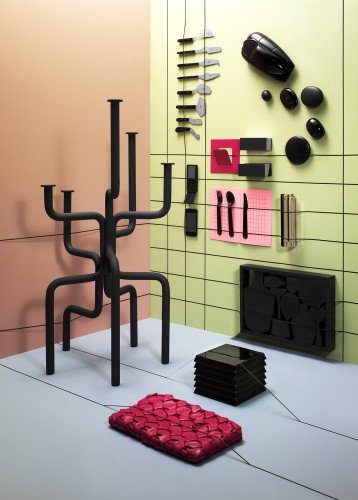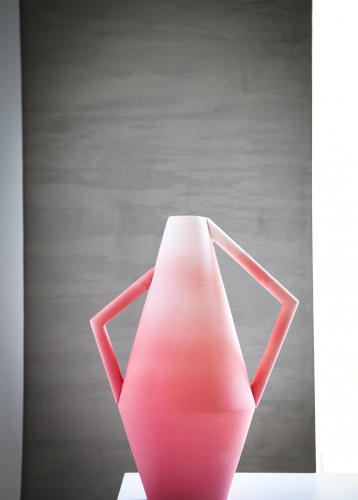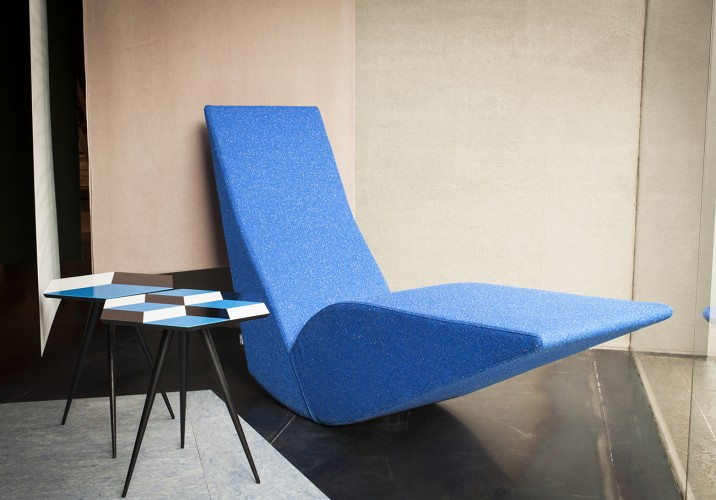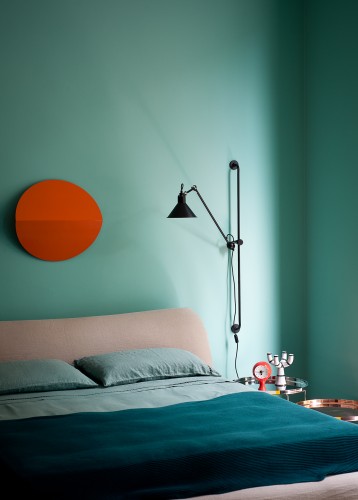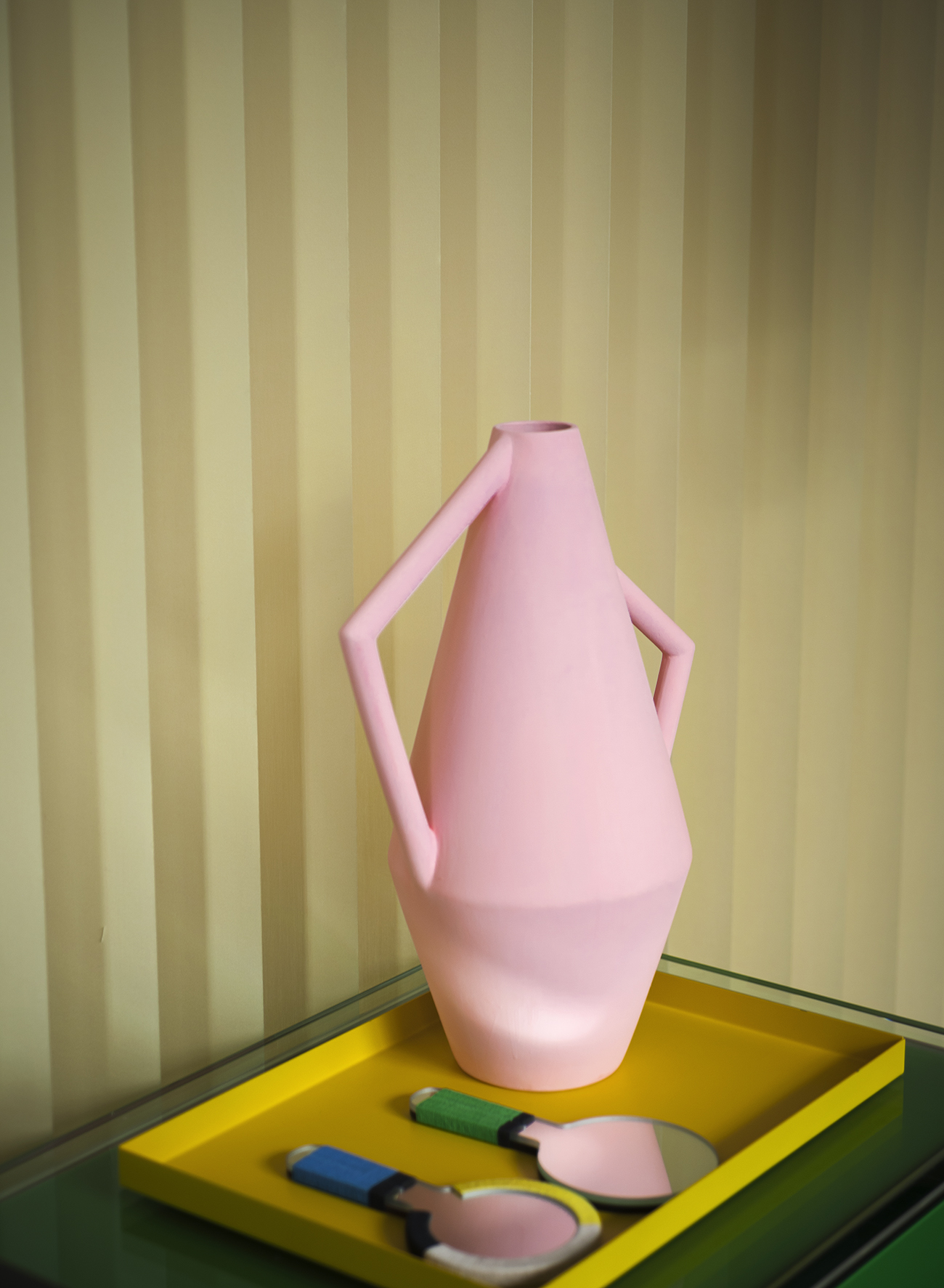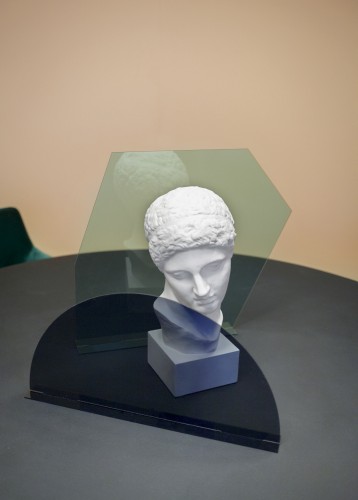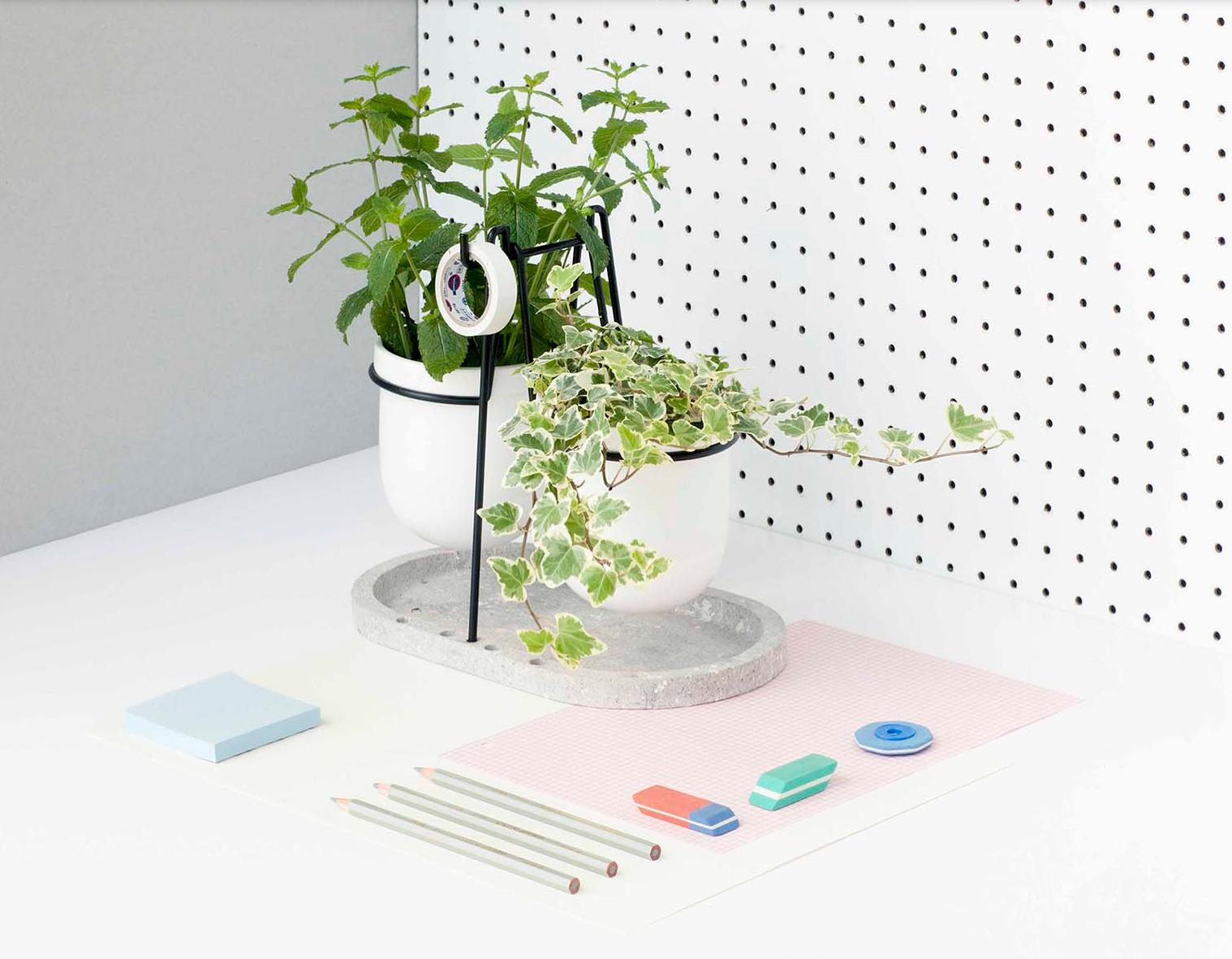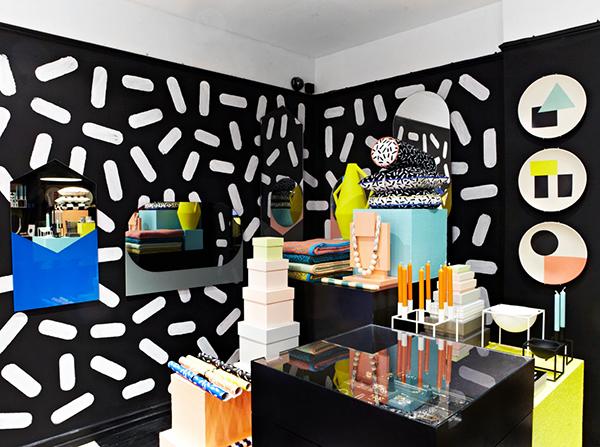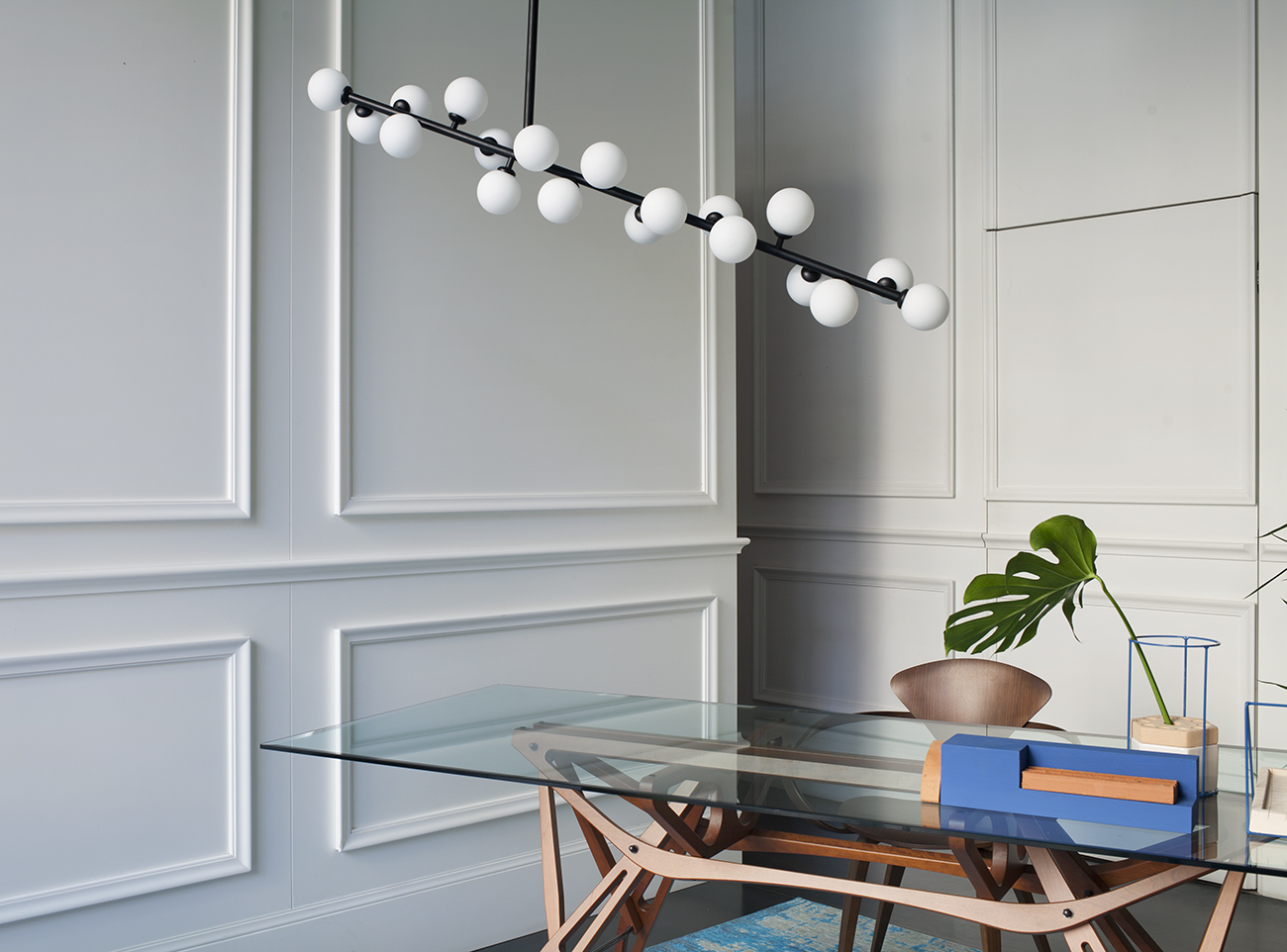
03.03.15
8 Things
Studiopepe, Stylists and Set Designers
When describing their sensibility, Arianna Lelli Mami and Chiara Di Pinto of the Milan-based Studiopepe invoke the versatility of classic white shirt: “You can wear it anytime, to go to the supermarket or to a soirée. The same is for design. Good design — whether a masterpiece or anonymous — goes with everything.” Their evocative aesthetic, though, is anything but simple. “Eclecticism and curiosity” are important starting points for them, and their output is rich with visual references, ranging from the harmony of classical forms to the glamour of Italian cinema in the ‘60s. But they don’t merely quote their source material, they transform it.
Di Pinto and Lelli Mami met as students at the Politecnico di Milano, where they both majored in design. It wasn’t until they encountered each other by chance on a beach vacation in Mexico — “where there wasn’t really anything but the hammocks” — that they bonded and decided to collaborate, opening Studiopepe in 2006. Their first joint project “was commissioned by Casa da Abitare, a beautiful magazine that doesn’t exist anymore. The story was a very iconographic shoot on the theme of Surrealism and nonsense and was chosen for the cover. Not bad for two beginners!” More editorial styling gigs followed, for various international editions of Elle Décor, and T Magazine, among others. And they began consulting for design and fashion brands, as well as doing interiors, installations, and eventually, their own product design. (We remain obsessed with their Kora vase from a few years ago). It’s a satisfying mix: they can go dreamlike and mysterious in print and then puzzle out the practicalities necessary to make lasting, functional objects. They’ve expanded their team and this year they plan to open a new branch of the studio dedicated to interior architecture. Though they’re growing, Lelli Mami and Di Pinto continue to provide the “strong creative direction.”
“Being part of a duo, it’s always like a dialogue where we each add a little piece in the creative process and the result is like 1+1=3!” Adding up to more than the sum of its parts, their method results in striking work that is also conversational, inviting, human. “We don’t like an ambiance full of iconic pieces but without a story between them.” They’re more about placing objects in relation to one another so that “a design masterpiece can talk with a flea market chair.” Their eye is as inclusive as it is refined, and when it comes to influences, we suspect these multi-talented women had a hard time narrowing it down to just eight. So consider this a start.
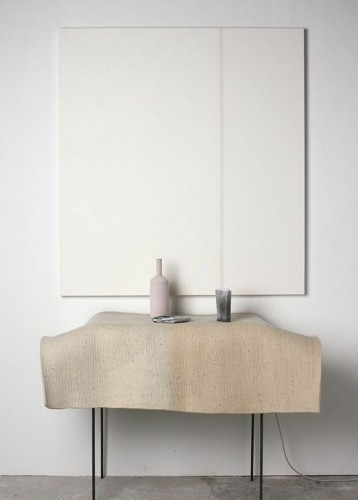
“Arte Povera was an artistic movement of the ‘70s, characterized by the use of ‘poor’ materials and by a great conceptual approach.”
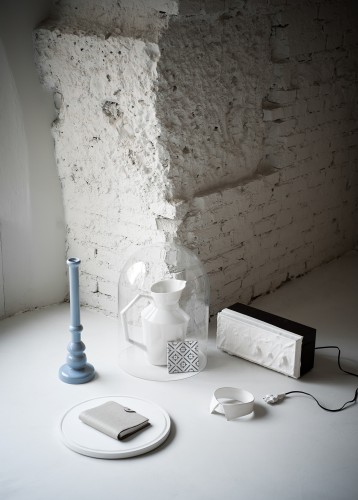
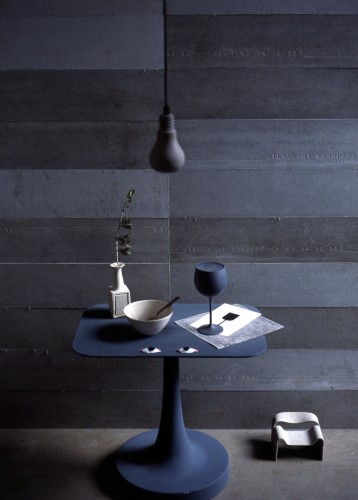
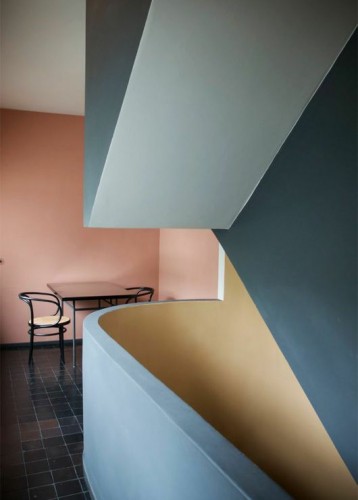
“They depicted a way of living and not only a mere aesthetic. We don’t love the aesthetic as an end in itself. The exterior shape has to come from an inner thought, an inner vision. Otherwise it’s destined to pass away in a very short moment.”
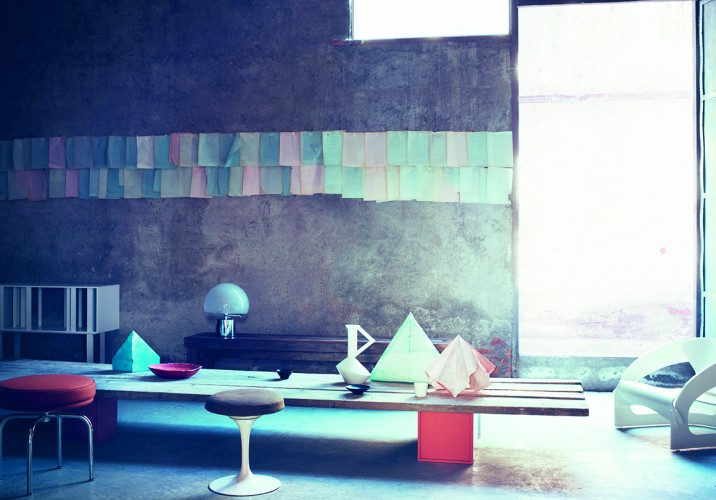
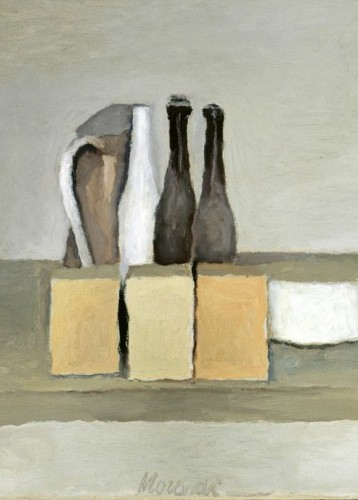
“Morandi is a master of painting. The Italian artist used colors and light to design shapes. He was an obsessive person, in all his life he painted vases and objects he found in his house, where he lived from birth to death. We love obsessives — creative people often are. We are!”
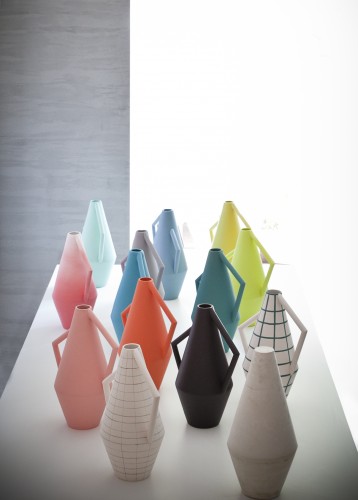
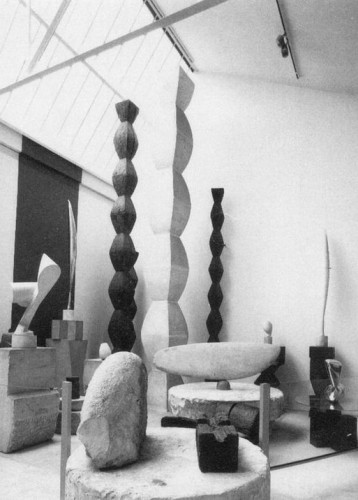
“It’s one of our favorite places. Often empty, with beautiful light and atmosphere. Brancusi’s use of honest materials like raw wood, marble or polished brass is stunning. Another obsessive artist — he built a marble crate with some holes for the sound to hide a modern radio in!”
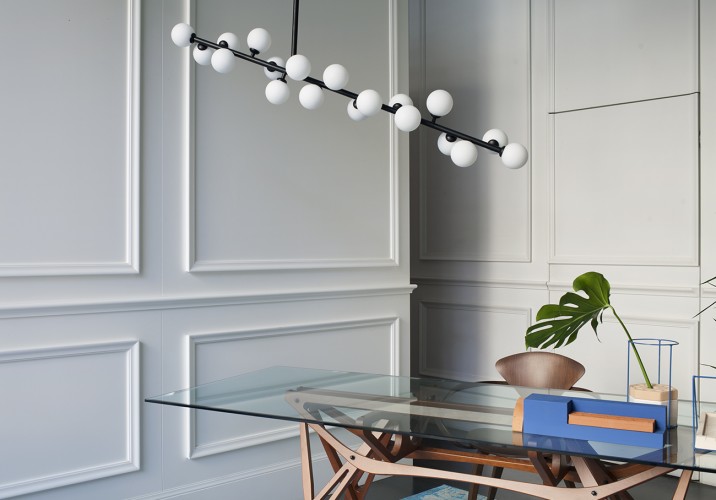
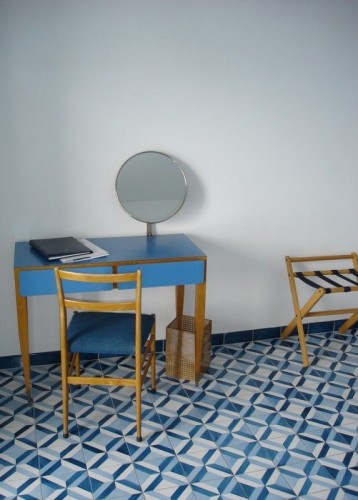
“We admire Ponti for his elegance and capacity to connect architecture and decoration. We like the Italian aesthetic of the late ‘50s and on, the ‘educated and sophisticated rising middle class’ style that was very well represented by masters such as Ponti or Carlo de Carli. The style was a revisitation of a neoclassical aesthetic, with a use of precious materials such as marble and brass, precious woods, and patterns.”
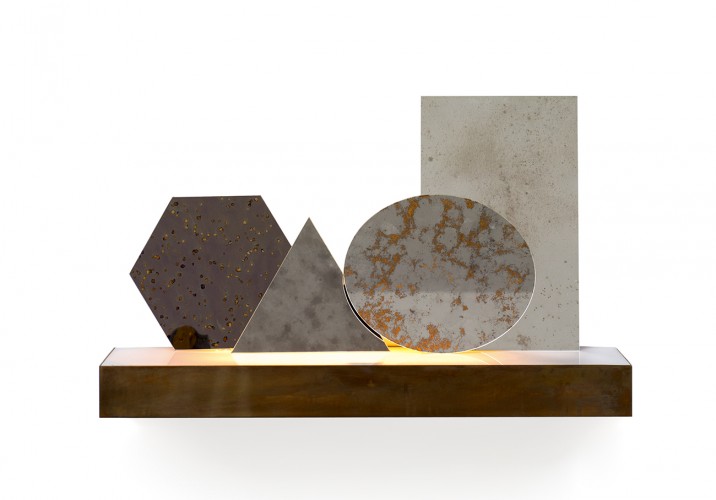
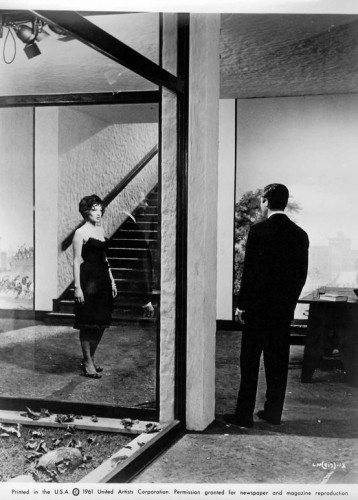
“A beloved movie by another Italian master, Antonioni. This film depicts the Milano of the early ‘60s: a truly modern city, vibrant and extremely elegant, but understated at the same time. Women used to go to cocktail parties and to theatres in little black dresses and beautiful jewels… an amazing film also for the photography and the architecture.”
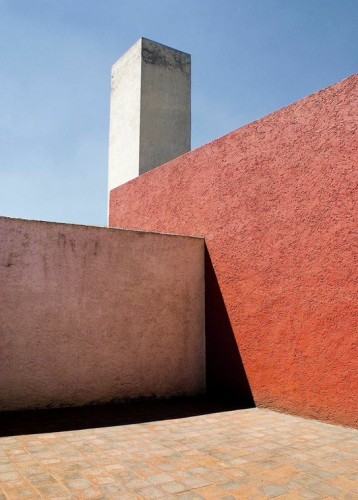
“Barragan is known for the use of ‘poor’ materials and bright colors. His architecture is also surreal and silent and we love this aspect as it was a modern way to come in contact with god and nature.”
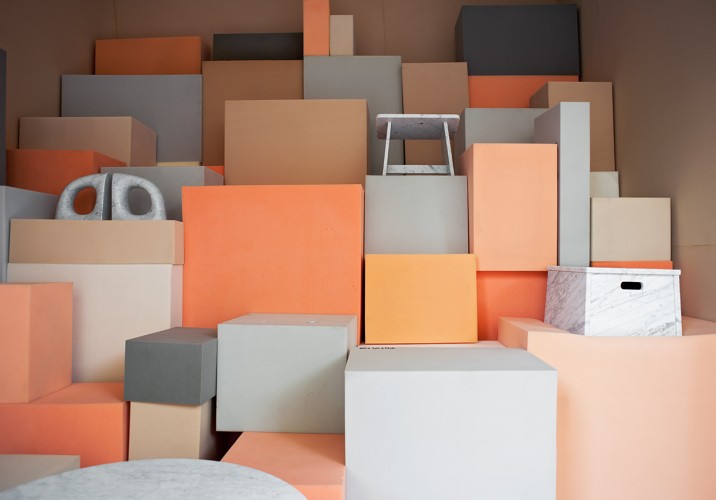
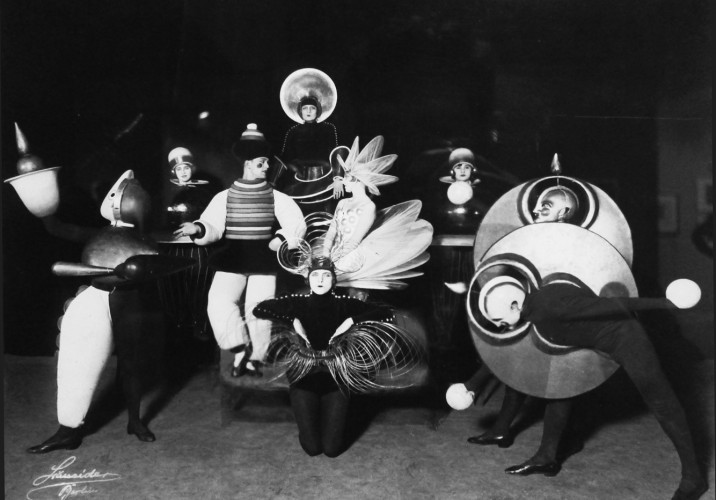
“This was a ballet developed by Oskar Schlemmer, inside the Bauhaus. We love it because it sums up the Bauhaus ethos and it shows how every aspect of life can be designed in a beautiful and creative way.”
